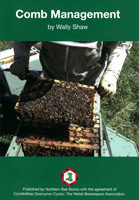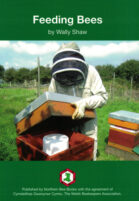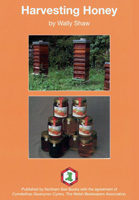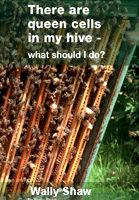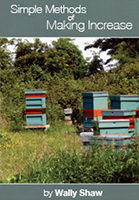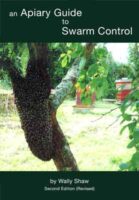In a sense the combs in a honey bee nest are an extension of the bees that made them and it is really the bees and combs together that constitute the colony. In fact, the average honey bee worker spends 95% of her life on the combs in the hive. The combs are built to be multi-purpose in the sense that they can be used for both brood and storage (honey and pollen). They are also the place where all the exchange of information that enables the colony to control its activity takes place. Because this occurs in the dark, communication is through chemical signals (pheromones), trophallaxis and vibration signals. The combs provide an ideal forum where this can take place.
The architectural rules that the bees follow when constructing their nest have been understood since the early 19th century and the efficient working of a moveable frame hive depends on the beekeeper complying with these rules. An understanding of bee-space is essential so that the bees can build combs that meet both their own needs and those of the beekeeper. A colony will only draw combs when and where they have an immediate use for them and the resources to make new wax. Successful comb management requires the beekeeper to understand all these factors.
Published by Northern Bee Books with the agreement of Cymdeithas Gwenynwr Cymru.



